
This article will look at eCommerce shipping in general and give you some tips on creating a strategy that works for your brand.
Here’s everything we cover in this article:
a
An eCommerce shipping strategy is a plan for how your business will get orders from your eCommerce store or warehouse to your customers.
It includes everything from the shipping carriers you use to the packaging you ship orders to the prices you charge for shipping.
Without an eCommerce shipping strategy in place that reduces eCommerce shipping rates, your business will likely struggle to compete with other businesses that have a plan.
And if your fulfillment and shipping operations are disorganized, it can lead to unhappy customers and lost sales.
Why Does Your Brand Need an eCommerce Shipping Strategy?

A good eCommerce shipping strategy can be a crucial differentiator for your brand.
How you ship orders can impact everything from customer satisfaction to conversion rates.
And with eCommerce growing at a rapid pace, now is the time to make sure your shipping strategy is on point.
A Look at the eCommerce Shipping Process

Now let’s take a look at shipping an order to a customer.
There are a few key steps involved:
Picking and packing the order: The first step is to determine the products from your warehouse and pack them into boxes or bags.
If you’re using a fulfillment service, they will handle this step for you.
Labeling and shipping: Once the order is packed, you’ll need to label it with the correct address and postage.
Then, you’ll either ship it directly to the customer or drop it off at a shipping carrier.
Tracking and delivery: The last step is tracking the order and ensuring it’s delivered to the customer on time.
If there are any issues with the delivery, you’ll need to resolve them as quickly as possible.
Shipping Strategy 101
Now that you know the basics of eCommerce shipping, let’s look at some of the critical components of a shipping strategy.
There are four major components to any successful eCommerce shipping strategy: shipping prices, rates, carriers, and eCommerce packaging. Let’s discuss these three components in more detail.
Shipping Prices

One of the most critical aspects of your eCommerce shipping strategy is the prices you charge for shipping.
Your shipping prices need to cover the cost of shipping while still being competitive.
If your shipping prices are too high, customers will be less likely to purchase from you.
And if they’re too low, you’ll lose money on every order.
Finding the right balance can be tricky, but it’s essential to get it right.
Shipping Rates
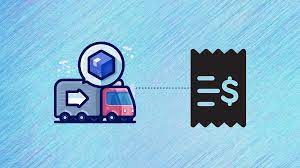
In addition to shipping prices, you also need to consider shipping rates.
Shipping rates are the fees a shipping carrier charges your brand for its services.
These fees can vary based on the carrier, the weight, and size of the shipment, and the distance it’s traveling.
Comparing shipping rates from different carriers before choosing one for your eCommerce business is vital.
Shipping Carriers
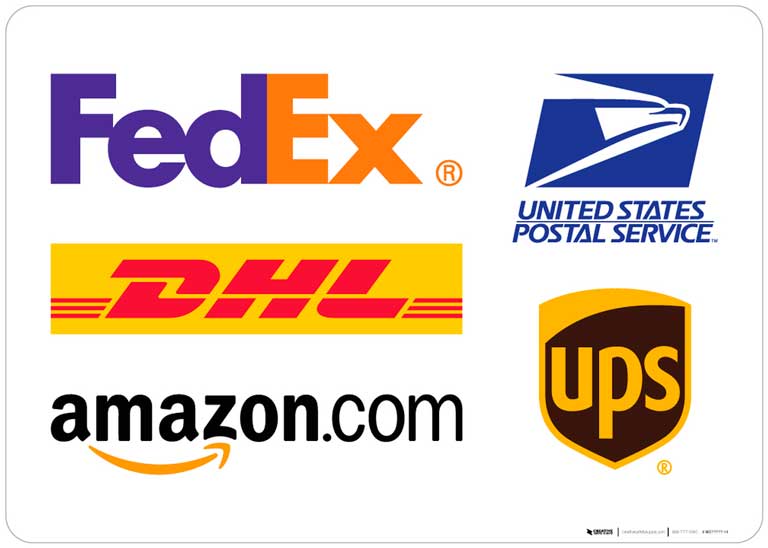
Your choice of shipping carrier will also impact your eCommerce shipping strategy.
There are a few different options, including USPS, UPS, FedEx, and DHL.
Each carrier has its strengths and weaknesses, so you’ll need to choose one that best meets the needs of your business.
Ecommerce Packaging

Another important aspect of your eCommerce shipping strategy is your packaging.
Your packaging needs to be strong enough to protect your products during shipping.
It should also be easy to open and close so that customers can easily access their purchases.
But of course, size, material, and print quality are all essential factors to consider.
Today’s customers and eCommerce marketplaces expect eCommerce packaging to be high quality, sustainable, and easy to recycle.
And if it costs too much to ship your products, customers will be less likely to purchase from you. Your brand will also have trouble competing with other eCommerce businesses.
>> REQUEST A FREE PROPOSAL: Want to make your brand thrive on Amazon & beat your competition? Take 30 seconds to request a proposal from Sunken Stone that’s tailored to your unique needs.
Offering Multiple Shipping Speeds (& Rates)
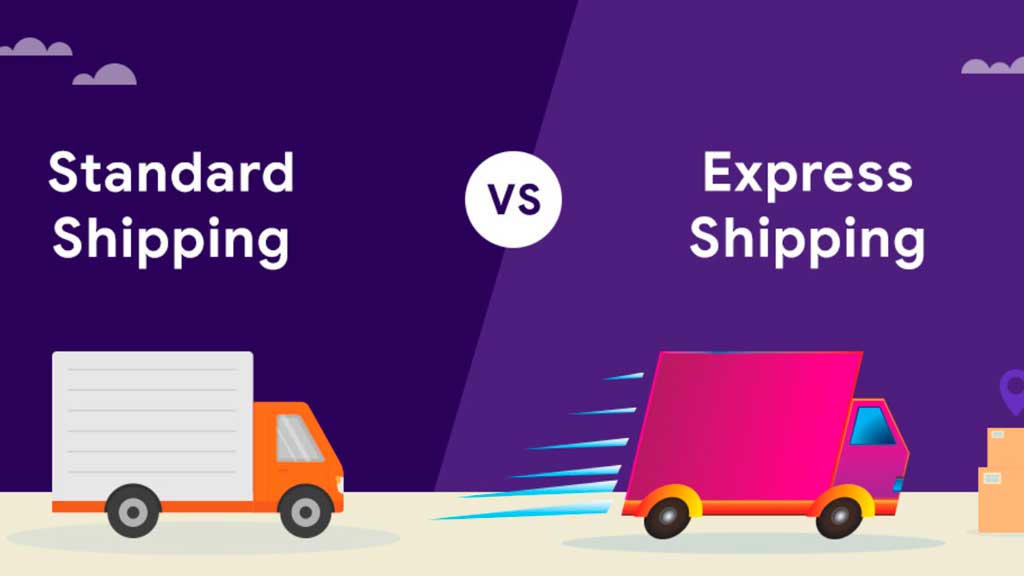
Making your eCommerce shipping strategy more competitive is by offering multiple shipping speeds.
This allows customers to choose how quickly they want their order delivered, and it gives them the flexibility to pay more for faster shipping if they need it.
International shipping options and different shipping carriers can impact your eCommerce shipping strategy.
Be sure to differentiate your domestic shipping plan from your international shipping plan.
Your eCommerce business will need to consider duties, taxes, and other regulations when shipping internationally.
Thus, there are many more factors to consider when crafting an eCommerce shipping strategy for your business.
Is Free Shipping an Appropriate eCommerce Shipping Strategy?

Free shipping is a popular eCommerce shipping strategy, but it’s not right for every business.
Most customers on platforms like Amazon expect free shipping and buy according to that expectation.
But if your eCommerce business can’t afford to offer free shipping, there are other options.
You can offer a discount on the shipping price or add an incentive for customers to spend more to qualify for free shipping.
You can also offer free shipping in some locations and not others.
For example, you might offer free shipping to customers in the continental US but charge for shipping to Alaska and Hawaii.
These eCommerce shipping rate strategies can help you make free shipping work for your eCommerce business.
Explaining The Idea Behind An eCommerce Free Shipping Strategy
An eCommerce free shipping strategy can be very lucrative for businesses.
It can increase sales, attract new customers, and build customer loyalty.
But it’s important to remember that free shipping is a marketing tool.
It would be best if you always had a plan for making free shipping work for your eCommerce business.
The first step is to understand the costs associated with free shipping.
It would help if you were sure that you could afford to offer free shipping and still make a profit.
If you can’t, you’ll need to find a way to offset the cost of free shipping.
This could involve charging more for your products, raising prices on other items, or finding another way to generate revenue.
You also need to ensure that your eCommerce free shipping strategy aligns with your overall business goals.
For example, if you’re trying to attract new customers, you’ll want to make sure that your free shipping offer is visible and easy to find.
If you’re trying to build customer loyalty, you’ll want to ensure that your free shipping offer is generous and easy to use.
Finally, you need to have a plan for how you will fulfill your eCommerce free shipping orders.
You’ll need to be sure that you have the staff and resources to get orders out quickly and efficiently.
Otherwise, your eCommerce free shipping strategy will backfire, and you’ll lose money.
How Important Is Shipping Speed To Your eCommerce Shipping Strategy?

The speed of your eCommerce shipping can have a significant impact on your business.
Customers today expect fast shipping, and they’re willing to pay more for it.
A recent study found that nearly 60% of customers are willing to pay more for faster shipping.
This means that if you’re not offering fast shipping, you could be losing out on a lot of sales.
You can do a few things to make your eCommerce shipping faster.
First, you can invest in better shipping software.
Investing in shipping software will help you automate the shipping process and make it more efficient.
Second, you can partner with a shipping carrier that offers fast shipping options.
Third, you can invest in eCommerce packaging that helps your orders ship faster.
Finally, there’s an option to outsource shipping to another service provider by joining the FBA program, for example.
With the FBA program, eCommerce sellers send items to an Amazon fulfillment center. From there, Amazon ships products to customers. (If you’re interested in Amazon FBA shipping requirements, be sure to see our blog post.)
These are just a few ways you can make your eCommerce shipping faster. Which one is right for your business depends on your brand’s specific needs.
Those who don’t want to consider warehousing products, providing returns, and other eCommerce shipping complexities should consider outsourcing to an eCommerce shipping provider.
How Weight And Size Play A Role In Your eCommerce Shipping Strategy
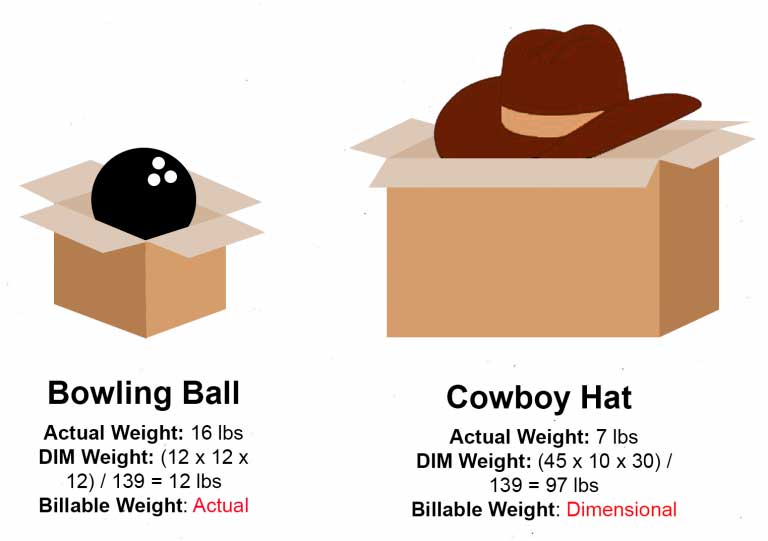
The weight and size of your products will significantly impact your eCommerce shipping costs.
This is because carriers charge by the pound, so heavier items will cost more to ship.
Similarly, more oversized items will take up more space in the shipping container and cost more to ship.
This is why it’s essential to consider the weight and size of your products when creating your eCommerce shipping strategy.
You’ll need to find a way to balance the cost of shipping with your customers’ needs.
For example, you might need to offer different shipping options for heavy and bulky items.
Or you might need to charge a higher price for items that are difficult to ship.
The key is to find a way to ship your products to meet the needs of your customers while still being cost-effective for your business.
Creating an eCommerce Shipping Strategy In Eight Steps

Now that we’ve gone over some of the basics of eCommerce shipping let’s look at how you can create a shipping strategy that works for your business.
Here are eight steps to help you get started:
Step One: Determine Your Shipping Goals
The first step is to determine your shipping goals.
Do you want to offer fast shipping? Free shipping? Or a combination of both?
Your answer will help you determine the rest of your eCommerce shipping strategy.
Step Two: Consider Your Shipping Costs
The second step is to consider your shipping costs.
You need to find a way to balance the cost of shipping with your customers’ needs.
Remember, the weight and size of your products will have a significant impact on your eCommerce shipping costs.
Third, you need to consider the speed of shipping. Customers today expect fast shipping, and they’re willing to pay more for it.
Step Three: Choose Your Shipping Carriers
The third step is to choose your shipping carriers.
There are a lot of shipping carriers to choose from, and each one has its strengths and weaknesses.
You’ll need to find a suitable carrier for your business, and you’ll need to negotiate the best possible rates.
Step Four: Decide On Your Shipping Speeds
The fourth step is to decide on your shipping speeds.
Do you want to offer standard shipping? Expedited shipping? Or something in between?
Your answer will help you determine the rest of your eCommerce shipping strategy.
Step Five: Create Your Shipping Policies
The fifth step is to create your shipping policies.
Your shipping policies should be clear, concise, and easy to understand.
They should also be aligned with your business goals.
Step Six: Set Up Your Shipping Processes
The sixth step is to set up your shipping processes.
You’ll need to choose the right software and systems for your business, and you’ll need to train your staff on how to use them.
Step Seven: Test Your Shipping Strategy
The seventh step is to test your shipping strategy.
You’ll need to make sure that everything is working the way it’s supposed to, and you’ll need to find a way to measure its effectiveness.
Step Eight: Adjust Your eCommerce Shipping Strategy As Needed
The eighth and final step is to adjust as needed.
Your eCommerce shipping strategy will never be perfect, and you’ll need to make changes over time.
As your business grows, your shipping needs will change, and you’ll need to adjust your strategy accordingly.
Putting It All Together: Building An eCommerce Shipping Strategy
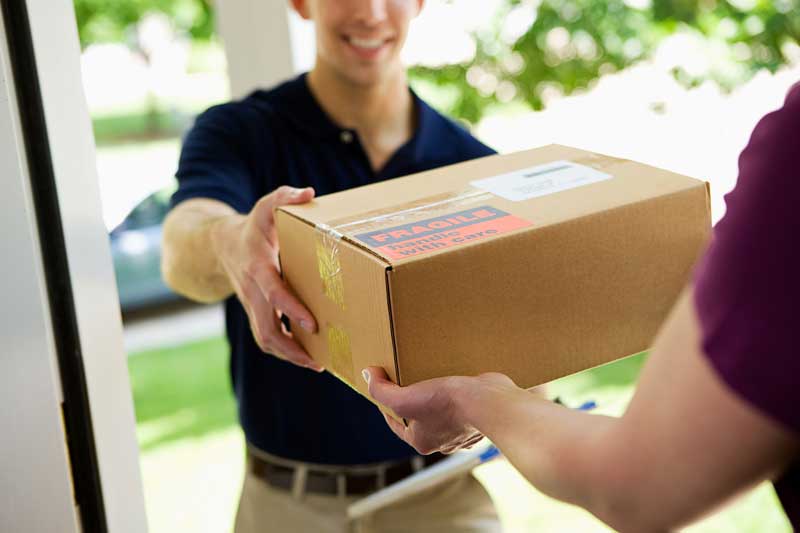
Your eCommerce shipping strategy is a critical part of your business. It can significantly impact your bottom line, making or breaking the customer experience.
When creating your eCommerce shipping strategy, there are a few things you need to keep in mind.
First, you need to consider the cost of shipping. You must find a way to balance the cost of shipping with your customers’ needs.
Second, you need to consider the speed of shipping. Customers today expect fast shipping, and they’re willing to pay more for it.
Third, you need to consider the weight and size of your products. The weight and size of your products will be the cornerstone of your eCommerce shipping costs.
Finally, you need to put it all together and create a shipping strategy that works for your business.
Creating an eCommerce shipping strategy can be a challenge, but it’s worth it.
When done right, an eCommerce shipping strategy can help you save money, improve the customer experience, and grow your business.
Do You Want To Reduce Your Shipping Costs?
Stone Shipping offers small parcel shipping solutions for eCommerce brands because we want to help your business become more profitable.
Reducing your shipping rates can have a massive impact on the profitability of your business. Save on eCommerce shipping with major couriers and ship products cheaper than ever.
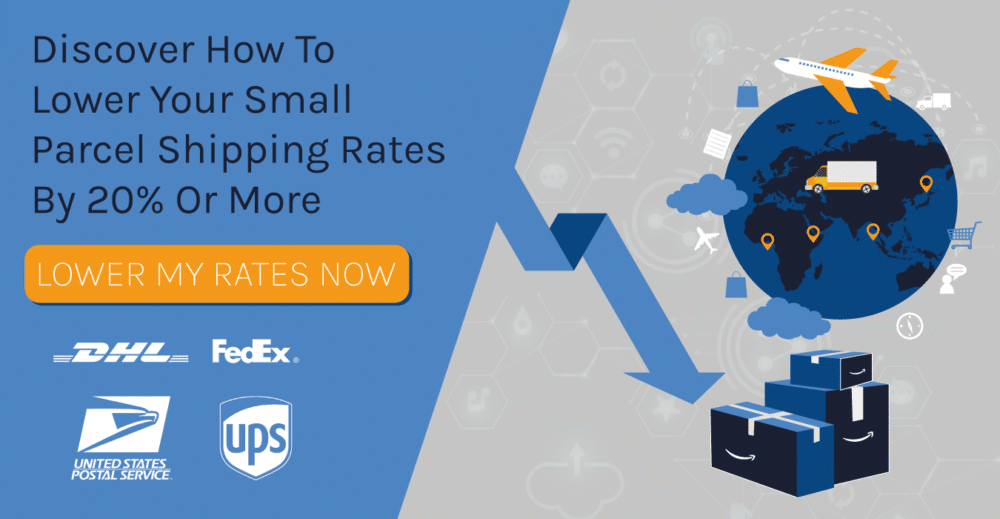
Frequently Asked Questions
What is the best shipping method for ecommerce?
There is no one-size-fits-all answer to this question. The best shipping method for eCommerce will vary depending on your products, your customers, and your business goals.
What is shipment strategy?
A shipment strategy is a plan for how you will ship your products. It includes factors such as shipping methods, shipping carriers, shipping speeds, and shipping costs.
How does ecommerce manage shipping?
eCommerce businesses typically use shipping software to manage their shipping. This software can automate the shipping process and make it easier to track orders, ship products, and calculate shipping costs.
How can I improve my ecommerce delivery?
Improving your eCommerce delivery can be a challenge, but there are a few things you can do. Using the correct shipping software, streamlining your brand’s shipping process, and offering multiple shipping speeds are all good places to start.
